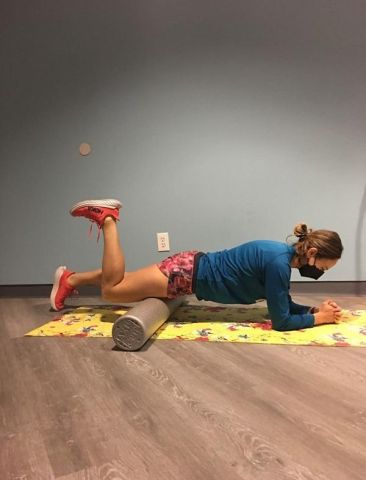
A very important component of any running program, ranging from a 5 km (3.1 miles) race to an ultra-marathon (anything more than a marathon which is 26.2 miles), is adequate recovery.
Many people neglect this portion of their training because it doesn’t involve getting sweaty or doing high intensity intervals or weights. However, building in a solid recovery routine is crucial to helping your body bounce back after training as quickly as possible. A good recovery routine also helps prevent injury, decreased immune system function, and muscle mass loss. A recovery routine encompasses a cool-down activity, nutrition, and exercises like hatha-based yoga, foam rolling, and/or stretching the major muscle groups used during your workout. Although not discussed here, getting good quality sleep is critical to recovery as well!
My Post-run Recovery Routine:
1. JOGGING SLOWLY AND WALKING: Immediately after a run, a cool-down recovery routine helps gradually decrease your heart rate back to resting levels, flushes metabolic waste products from your muscles (decreasing muscle soreness), redistributes blood flow from the muscle groups that were working hardest to the rest of the body, and gradually brings your body temperature down. This helps your metabolic system regain homeostasis.
After a workout or training run, I jog slowly for about 2 min, and then walk for about 6 minutes. To make things efficient, I usually build this in as a jog and then walk back to my home or my car depending on where I have started my workout that day.
2. EAT A SNACK: After this (ideally within the first 30-minutes post-workout or run), I make sure to eat a snack that has a good source of protein and some carbohydrates to help restore muscle glycogen and prevent muscle mass loss.
If my workout doesn’t coincide with a meal within the first 30 minutes, a few options that are my go-to:
- RX bar (if I am on the go and can’t make a smoothie or prep something). I like RX bars because they use only simple ingredients, they aren’t overly-processed, and provide 9 grams of egg-based protein as well as healthy fats from nuts, and carbohydrates from dates. I maintain a gluten-free, dairy-free, and soy-free diet due to long-standing challenges with IBS (more articles about IBS here) and find that RX bars agree with my tummy! (Side-note: I do not receive endorsements or sponsorship from Insurgent Brands, LLC / RX Bar!)
- Antioxidant-rich protein smoothie made with 2 scoops of Garden of Life’s collagen powder (for protein), ½ cup blueberries (for antioxidants), and ½ cup spinach (antioxidants, fiber, folate, calcium, and vitamins A, C, and K), and ½ banana or an apple to sweeten it and add additional carbohydrates.
3. STRETCHING: After I have gotten something to eat, it’s time to stretch! I hold each of the 5 stretches below for at least 30 seconds, and repeat twice.
4. FOAM ROLLING: I find that my quadriceps, guteals, and calves are the muscles that feel the most sore/ tight during training, so I focus on these. Foam rolling these muscle groups before a run is also a great way to loosen up the muscles before I get going.
Stretches in my Recovery Routine
Standing Calf Stretch at wall
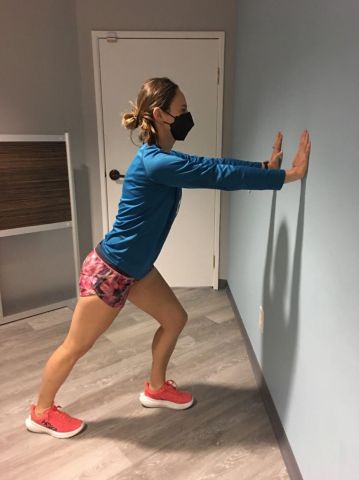
Standing Hamstring stretch
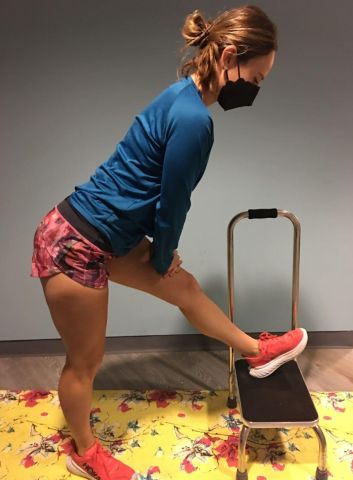
Standing Adductor stretch
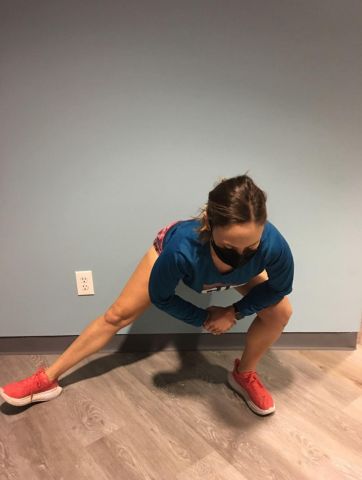
Kneeling Hip Flexor Stretch
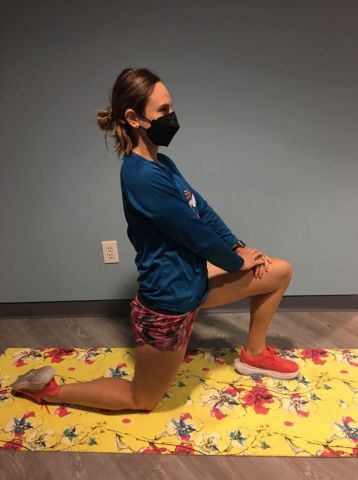
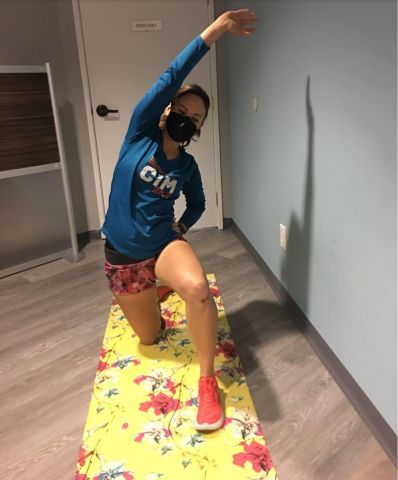
Seated Figure-four stretch
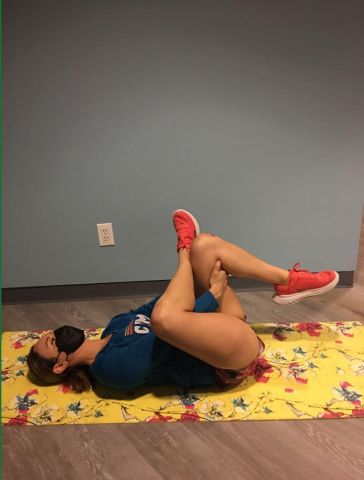
Foam Rolling in my Recovery Routine
I address each area for about 2 -3 minutes, combining a rolling movement with static (non-moving) pressure on particularly tender points.
Foam Roll Quadriceps (quads)
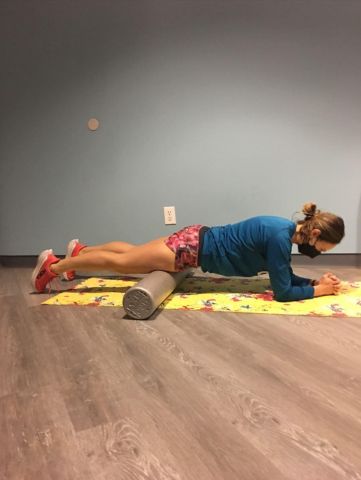
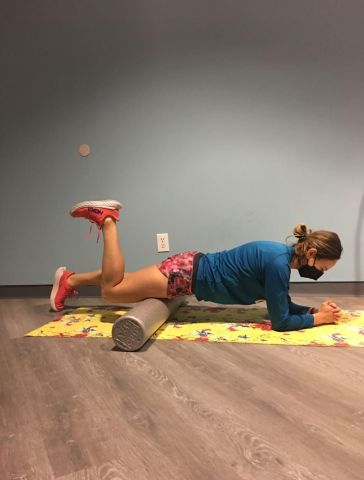
Foam Roll Gluteals
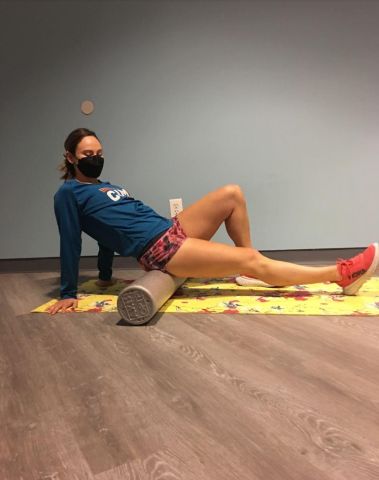
Foam Roll Calves
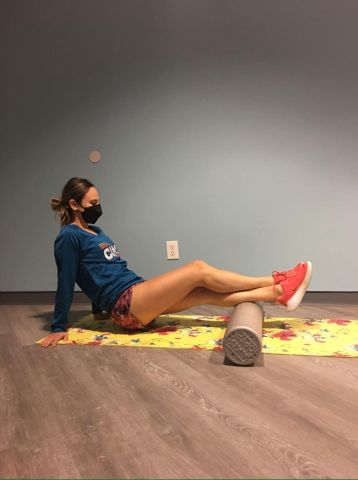
Note from our staff – We are SO PROUD of Kasia and will be cheering her on from LA! GO KASIA!!
